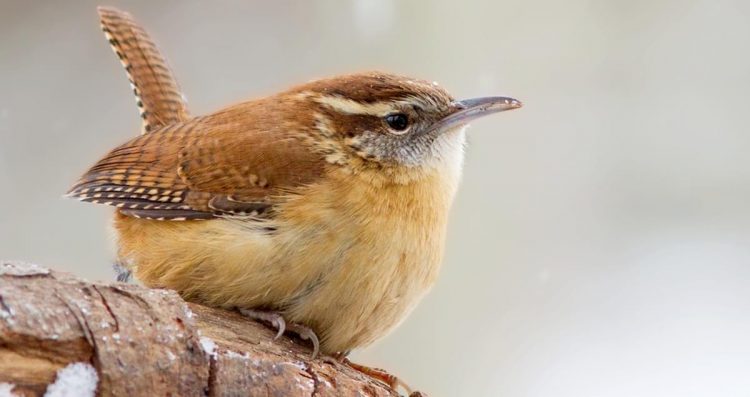You are stressed out and the nasal congestion troubles you, your tooth aches and indigestion plagues your system. You are definitely feeling out of sorts but not sick enough to visit the doctor, you feel; or perhaps you want to give good, old fashioned herbal therapy a chance. Fear not; relief may be as close to hand as your kitchen cabinet. The spices that add taste, color and aroma to your food are potential healers that can provide excellent cures for the worst of our physical troubles.
Clove
A strong analgesic property makes cloves a reliable home remedy for toothaches, earache, and sore throat; it also helps decrease infection due to its antiseptic properties. To sooth, an aching tooth put a couple of whole cloves into y our mouth and bite on them gently to release the oil. Now move them to the painful tooth and keep for 10-15 minutes. A glass of hot milk poured over four crushed cloves and steeped for 10 minutes can be consumed as an instant antidote for cold and flu.
While chewing a clove with a crystal of rock salt eases expectoration and relieves irritation in the throat. Regular use of cloves stimulates sluggish circulation and hence promotes digestion and metabolism whereas the anesthetic action of the spice helps in dealing with stomach pain and stops nausea. Clove is also an anti-fungal, so add it to a foot bath for athlete’s foot.
Cinnamon
Cinnamon is one of the most powerful of healing spices. It contains an antimicrobial substance, which makes it useful for treating respiratory infections. Tea mode with half a teaspoon of cinnamon, a pinch of black pepper and honey delivers a soothing effect on a sore throat and chronic cough. Taken along with ginger, it works wonders in vomiting and diarrhea. Just add a stick of cinnamon and freshly grated ginger to a cup of hot water, stir strain the mixture and drink for immediate relief.
A compound in cinnamon, like those found in cloves, also appear to improve insulin function, significantly lowering blood sugar. The sweet spice contains antioxidants that help lower levels of bad cholesterol and can even help prevent blood clots the reason it is good for our heart. High in fiber, cinnamon reduces heartburn, increases digestive fluid secretion and alleviates intestinal gas. More good news for women; including this spice in your diet will also ensure less painful cycles.
Black Pepper
Black Pepper, often called the “king of spice” is rich in antioxidant and antibacterial properties, making it beneficial for digestive disorders. To ease indigestion or bloating, take one-fourth teaspoon of pepper powder in a cup of warm milk. Finely powdered pepper and salt may be massaged over the gums to relieve inflammation.
Tea, prepared with a few finely ground peppercorn and some sugar candy can be helpful in the treatment of influenza and fever; a three-day course of 20 grams pepper powder boiled in milk with a pinch of turmeric powder can bring relief from the chronic cold. Combination of onion juice, black pepper, and honey is an effective home remedy for asthma patients and one of the most effective ayurvedic asthma cures while adding a tablespoon of pepper powder and a pinch of turmeric in a cup of hot milk is a good aspirin alternative for headache. And last but not least, have a cup of green tea with a slice of lemon and a pinch of black pepper to reduce a high temperature.
Turmeric
The benefits of turmeric include a long list of treatments for different health conditions such as infections, fever stomach disorders, jaundice and liver problems. The golden spice has unique pain relieving qualities paste prepared from turmeric and lime is commonly used as an antidote for swelling due to inflammation.
Traditionally turmeric is considered a cleanser for the entire body and is believed to increase energy and help metabolism. Turmeric is a natural antibiotic and an effective remedy for colds and throat irritations. Half a teaspoon of fresh turmeric powder mixed in 30ml of warm milk, taken once or twice daily, is a useful prescription for these conditions.
Gargling with half a teaspoon of salt and one teaspoon of turmeric added to a glass of hot water helps relieve inflammation in the throat whereas one teaspoon of honey mixed with a half teaspoon of turmeric can help ward off pharyngitis. In case of a cold, smoke from burning turmeric may be inhaled to provide relief from nasal congestion. Besides being employed as antiseptic for cuts, bruises, and scrapes, turmeric is also used to improve skin tone and reduce tan by grinding it into a paste and rubbing it on the skin.
Cardamom
Basically a warm spice, cardamom also helps in cleansing the body thanks to its detoxifying properties. Good appetite stimulant, it aids digestion, relaxes spasms and relieves acidity. Green cardamom has a unique taste and rich flavors, which kills the germs and bacteria that cause bad breath; just peel off some pods, and eat the seeds to freshen up your mouth.
Its larger black variety is a proven remedy for gastrointestinal problems or diarrhea is toddlers; cook some cardamoms, mint leaves and anise seeds in water and give the decoction to the child (these are also the basic ingredients of gripe water).
Cardamom can be beneficial for those suffering from respiratory allergies. When you have a sore throat, try the following recipe; cook six cardamoms, four cloves, half teaspoon of water for five minutes, add a glass of milk, bring to boil and sweeten with honey. This drink works wonders in relieving cold, flu and even fatigue.












